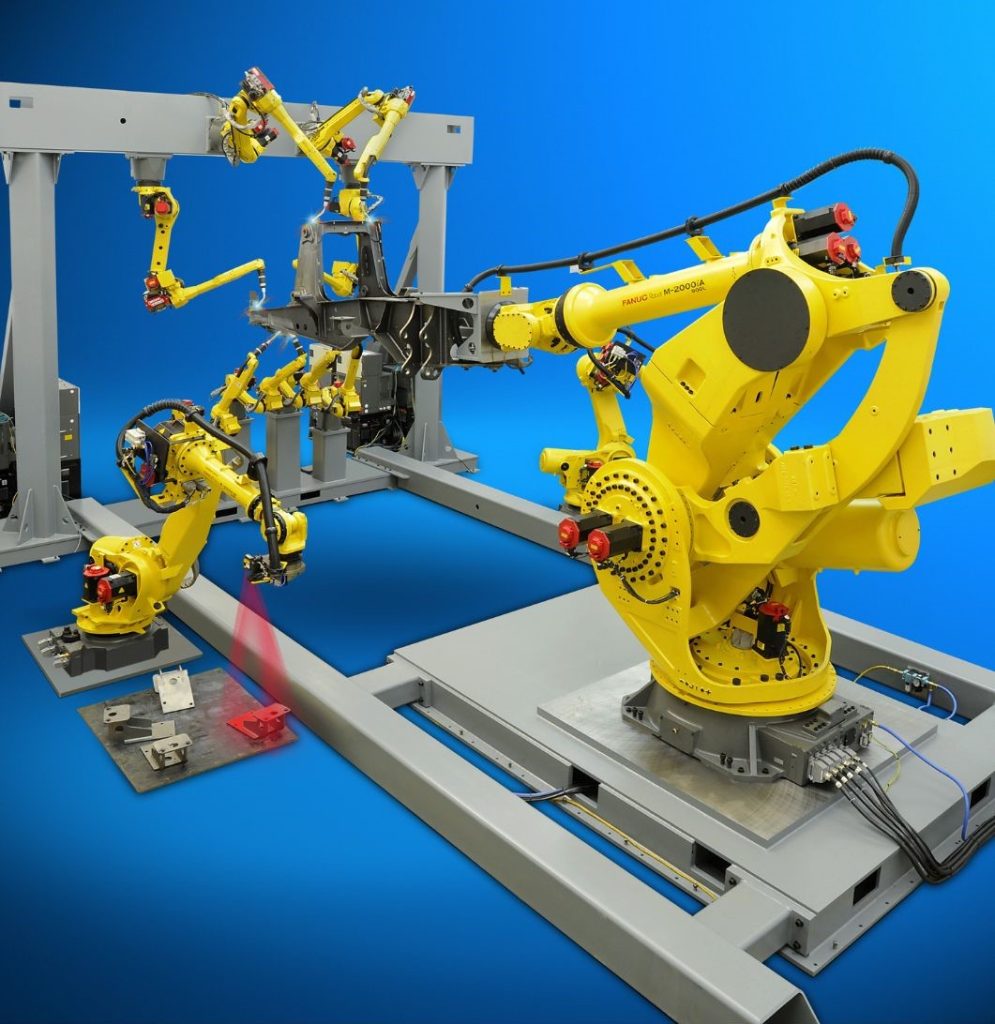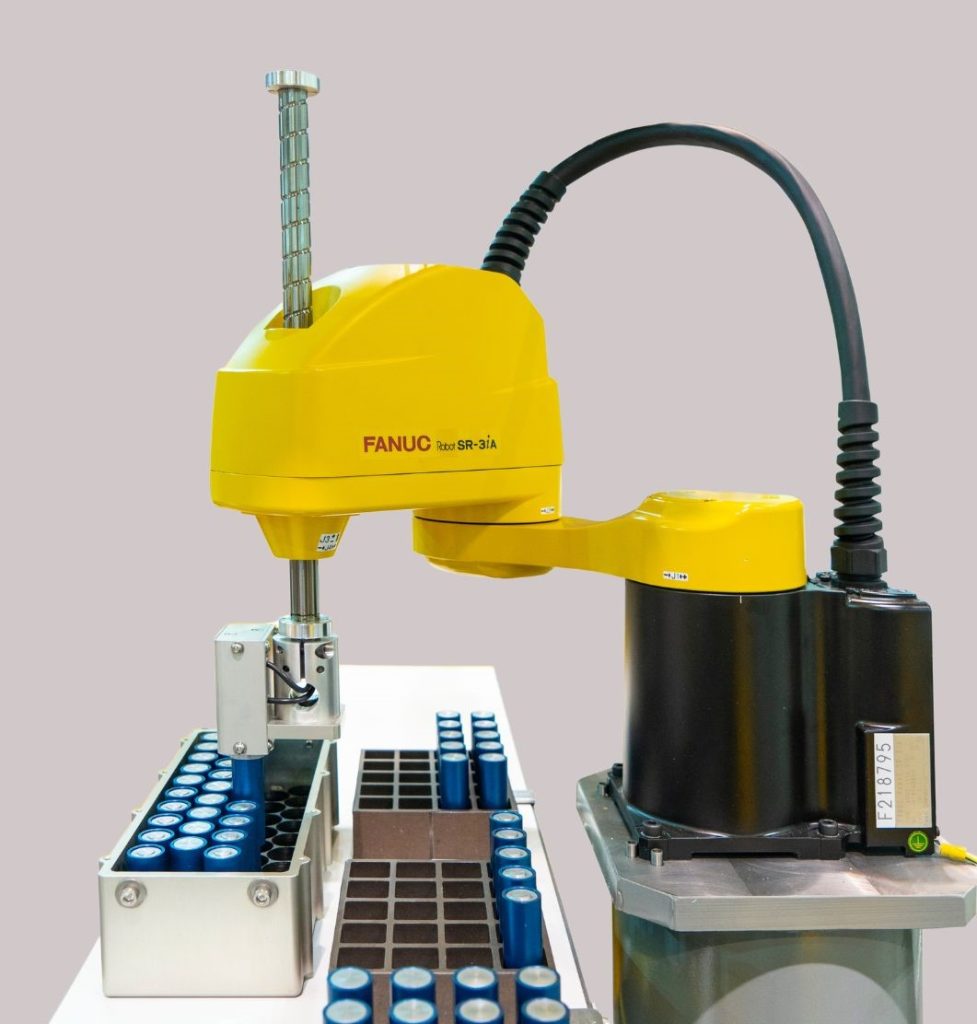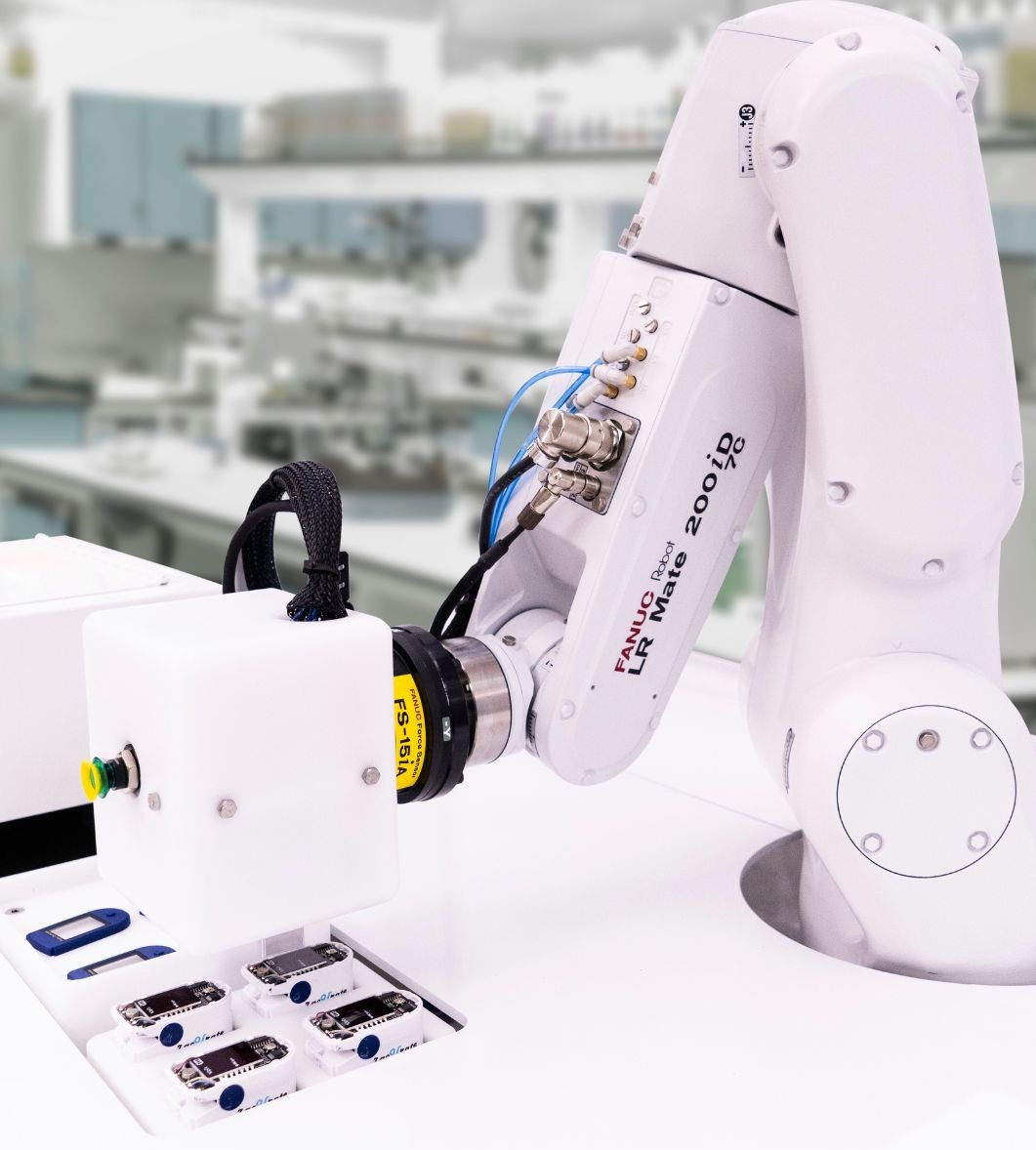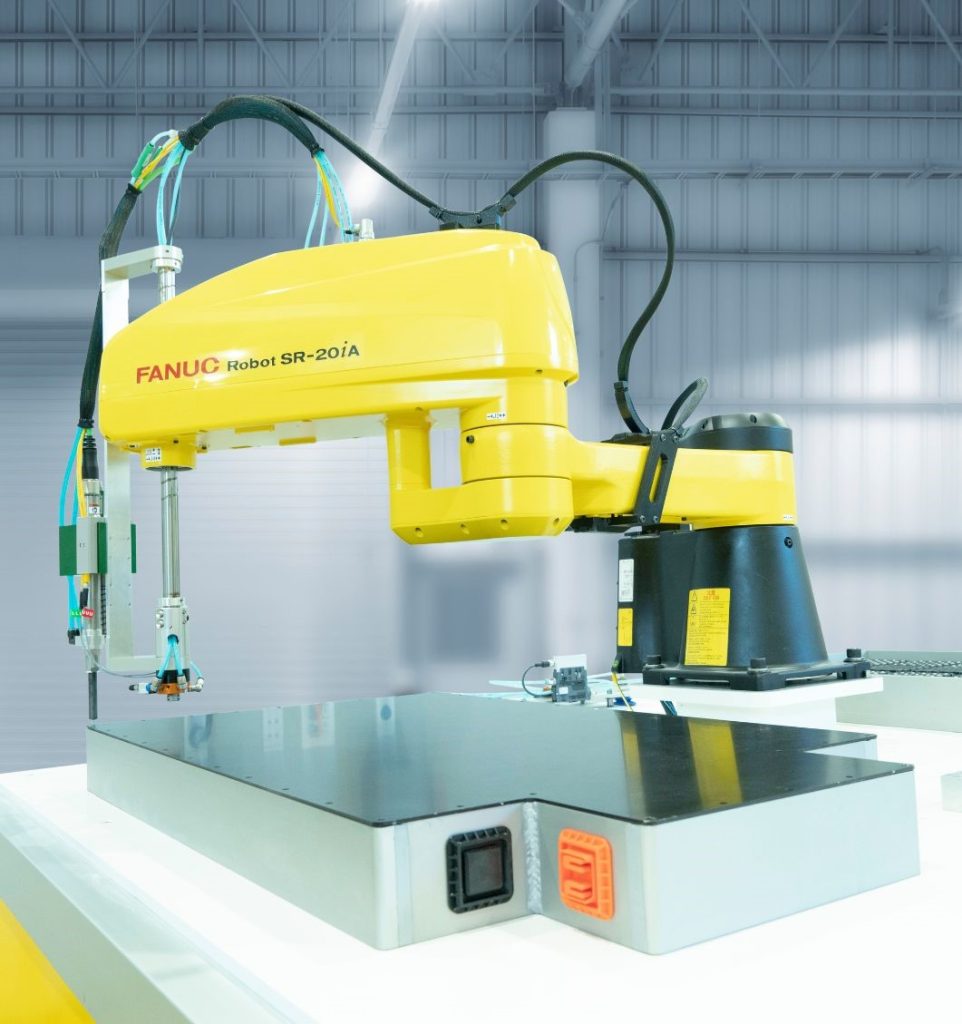



In the fast-paced world of industrial manufacturing, staying competitive means embracing innovation and efficiency. Thus in recent times we have seen growing changes in the production landscape. So, this has resulted in demand for quicker, more flexible, and error-free processes. One key player in this transformation is FANUC, the leading provider of assembly robots. At ASA, we can integrate FANUC assembly robots into manufacturing facilities and production lines, ensuring that our clients remain at the forefront of the industry. In this article, we’ll delve into the world of assembly robots, their significance, and why FANUC robots are the top choice for manufacturers.
Why Assembly Robots Matter
Assembly is a critical process in industrial manufacturing and production. The ever-expanding product ranges, intricate systems, shorter product life cycles, and rapid innovation cycles necessitate quick and flexible solutions. Assembly robots are the answer to these challenges. Assembly robots use robotic arms to construct various products, ranging from large-scale items to small components, with exceptional speed and precision. FANUC offers a range of robots suitable for assembly.
These robots accelerate operations, save time, and ensure impeccable quality, making them indispensable in modern manufacturing.
A Historical Perspective
To truly appreciate the significance of assembly robots, let’s take a trip back in time. In 1913, Henry Ford introduced the world’s first assembly line for mass-producing cars, revolutionising manufacturing. Over a century later, assembly lines remain an integral part of production processes. However, now we are witnessing the rise of robotic assembly, which offers manufacturers a more innovative and efficient approach to transforming their production lines.
Reasons to Choose Assembly Robots
Manufacturers opt for assembly robots for several compelling reasons:
Flexibility: Assembly robots offer a wide work range, excellent repeatability, and substantial payload capacity. This flexibility enables increased production volume and optimised workflow without the need for substantial investments in traditional automation.
Safety: Assembly robots enhance workplace safety by handling heavy tasks that could otherwise pose a risk to human workers. This, in turn, leads to improved performance and fewer injuries.
Cost-effectiveness: Assembly robots provide a cost-effective solution for manufacturers, as they can operate around the clock, leading to increased production output. This high efficiency makes assembly robots more cost-effective compared to traditional automation methods.
Choosing an Assembly Robot
The selection of an assembly robot is influenced by various factors, including:
Speed: Different production tasks require different robot arm speeds, leading manufacturers to choose assembly robots based on specific speed requirements.
Assembly Complexity: Complex assembly lines may require robots capable of navigating small, intricate parts at a sufficient speed. Collaborative robots, or cobots, are ideal for such scenarios.
Payload and Reach: The application’s demands dictate whether a high payload and a long reach are necessary. SCARA robots excel in lightweight, high-speed tasks, while 6-axis robot arms are better suited for flexible and heavy tasks.
FANUC Assembly Robots
FANUC assembly Robots are a cost-effective and reliable choice for manufacturers. They boost production speed and quality while eliminating errors. At ASA our expertise extends across various industries, including automotive, consumer goods and electronics, energy, medical, food and beverage, and more.
For some excellent examples of assembly robots by FANUC, and their applications, watch this informative video at the bottom of this article.
FANUC assembly robots are at the forefront of industrial transformation, enabling manufacturers to meet growing demands. Their flexibility, safety features, and cost-effectiveness make them a preferred choice for modern production lines. ASA’s integration of FANUC assembly robots empowers manufacturers to thrive in an ever-evolving industrial landscape. Embrace the future of manufacturing with assembly robots and unlock new levels of efficiency and competitiveness.


ASSEMBLY COMPILATION VIDEO:

Send an enquiry:
Click an Application to Explore Further:
FANUC Robots Australia | Paint Robots for Surface Finishing | Welding Robots by FANUC | Machine Tool Tending Robots | Fibreglass and Gelcoat Robots | Palletising Robots | Robotic Vision Inspection Systems | Plastics Painting | Deburring and Polishing | Sealing and Dispensing | Picking and Packaging | Material Removal Robots | Shot Blasting and Peening |
More (Recent) News Stories from Automation Solutions Australia:
Deburring Machines | Robots a Historical Overview | Robotics Engineering | Automatic Paint | Robotic Loading Systems for CNC | Unlocking Your Manufacturing Potential | Spray Painting Robots | Automatic Sandblasting | CNC Mills | Automated Welding | Unlock the Future with Automation Systems | Robot Company, The Automation Era | Choosing an Automation Company | Harness the Power of Robotics with ASA | Robotic Painting | Automotive Welding | The Path to Machine Tool Automation | System Integrator Australia | Robotic Welders | Automate your CNC | Automation Company | Electrical Design | Human Machine Interface | Plastic Paint Robots | PLC Programming | Robotics Australia | Solutions | Industrial/Manufacturing Robots | Industrial Engineering | FANUC Robot | Shot Blasting | Robotic Automation Solutions | Industrial Automation | FANUC Industrial Robots | FANUC Collaborative Robots | FANUC Palletising Robots | Robotic Palletisers | Robotic Fibreglass Spray Machines | CNC Machine Automation | Robotic Arm – An Industry Guide | The Cobot | Automation Robotics | Custom Automation Solutions | Assembly Robots | Automate your Paint Booth | Ceramic Coating – Cerakote | Automotive Automation | Pick and Place Robots | Understanding Industrial Automation | PLC Automation | Arc V Spot Welding | What is Cerakote? | CNC Machines Australia | What is a Robotic Cell | Robotics Systems with ASA | What is ARC Welding? |PLC Controls | Collaborative Robots – What are they? | Welding Automation |


